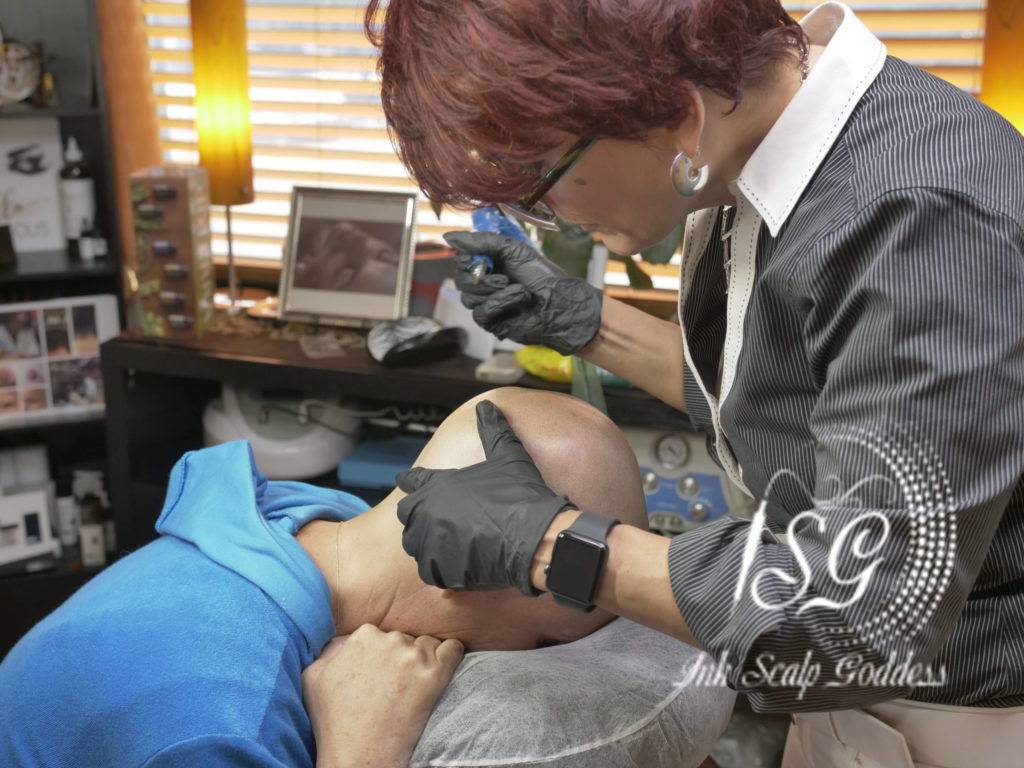In recent years, scalp micropigmentation (SMP) has gained widespread popularity as a revolutionary solution for hair loss. This innovative procedure offers a non-invasive and effective way to create the appearance of a fuller head of hair. However, behind the flawless results lies a fascinating blend of artistry and science. In this comprehensive overview, we delve into the intricate science behind scalp micropigmentation.
Understanding Scalp Micropigmentation:
Scalp micropigmentation is a cosmetic procedure that involves depositing tiny pigment dots into the scalp to mimic the appearance of hair follicles. Unlike traditional tattooing, which uses ink that can fade and change color over time, SMP employs specialized pigments designed to match the natural hair color and skin tone. The result is a realistic and long-lasting illusion of a closely-cropped hairstyle.

The Science of Pigments:
At the heart of scalp micropigmentation lies the science of pigments. These pigments are carefully selected to ensure optimal color match and longevity. Unlike tattoo inks, which may contain metal-based compounds, SMP pigments are typically organic and hypoallergenic, minimizing the risk of adverse reactions.
The pigments used in SMP are formulated to withstand the harsh conditions of the scalp environment, including exposure to UV radiation and constant friction from hair styling. Additionally, they are engineered to fade gradually over time, ensuring that the results remain natural-looking and adaptable to changes in hair color or style.
The Role of Microneedles:
Another key component of scalp micropigmentation is the use of specialized microneedles. These ultra-fine needles are designed to penetrate the top layers of the skin without causing significant trauma or scarring. By precisely controlling the depth and angle of needle insertion, SMP practitioners can create realistic-looking hair follicle impressions that blend seamlessly with the surrounding hair.
The microneedles used in scalp micropigmentation are typically disposable and sterile, minimizing the risk of infection or cross-contamination. Furthermore, advancements in needle technology have led to the development of ultra-sharp needles that cause minimal discomfort during the procedure, resulting in a more pleasant experience for the client.
The Importance of Technique:
While the science behind scalp micropigmentation provides the foundation for realistic results, the skill and expertise of the practitioner play a crucial role in achieving optimal outcomes. A skilled SMP artist understands the intricacies of scalp anatomy, hair growth patterns, and skin tone, allowing them to tailor the procedure to each client’s unique needs.
From meticulously planning the hairline design to carefully layering pigment dots to create depth and dimension, every step of the SMP process requires precision and attention to detail. Moreover, ongoing training and education ensure that SMP practitioners stay abreast of the latest advancements in technique and technology, enabling them to deliver superior results consistently.

The Healing Process:
After undergoing scalp micropigmentation, clients must follow a specific aftercare regimen to promote proper healing and optimize the longevity of the results. In the days following the procedure, the scalp may appear slightly red and swollen, and tiny scabs may form over the treated area. It is essential to avoid picking at these scabs, as doing so can disrupt the healing process and affect the final outcome.
As the scalp heals, the pigment dots may initially appear darker than desired. However, this is a normal part of the healing process, and the color will gradually soften and lighten over the ensuing weeks. By following the post-procedure instructions provided by their SMP practitioner, clients can ensure a smooth recovery and optimal aesthetic outcome.
Conclusion:
Scalp micropigmentation represents a remarkable marriage of artistry and science, offering a viable solution for individuals experiencing hair loss or thinning. By understanding the underlying principles of pigments, microneedles, and technique, we gain insight into the intricate process behind this transformative procedure. As advancements in technology and technique continue to evolve, scalp micropigmentation remains at the forefront of innovation in the field of cosmetic dermatology, empowering individuals to reclaim their confidence and restore their sense of self.
Contact us at inkscalpgoddess.com at 12593 Research Blvd Studio #304, Austin TX 78759. You can also reach us by phone at (512) 988 – 6262 to take the first step towards a life-changing transformation. Let’s explore how scalp micropigmentation can redefine your confidence and empower you to embrace life to the fullest.


